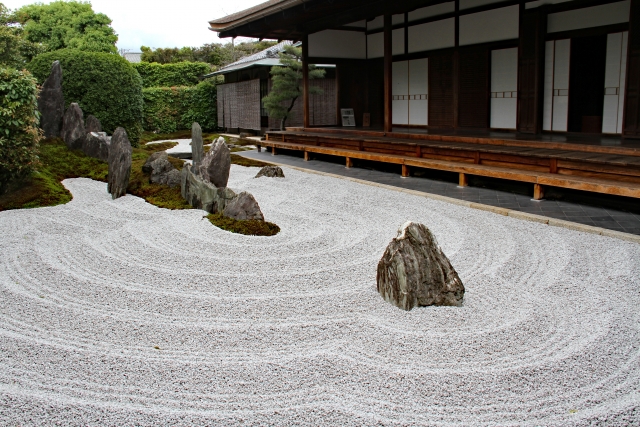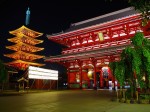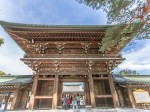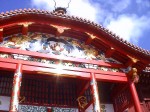- Home
- Architecture
- The Beauty of Ma: Stillness and Space in Japanese Architecture
The Beauty of Ma: Stillness and Space in Japanese Architecture

In Japanese culture, there’s a quiet yet profound concept that permeates everything from architecture and art to conversation and daily life. It’s called ma (間). Often translated as “space” or “pause,” ma is much more than just emptiness. It’s the intentional use of space and silence—an appreciation for what’s not there, and a reverence for the stillness that surrounds action.
Nowhere is ma more deeply embedded than in traditional Japanese architecture. In this context, ma isn’t just about design—it’s about mood, rhythm, and connection.
Embracing the Invisible
While Western architecture often emphasizes structure and ornamentation, Japanese design tends to highlight simplicity, impermanence, and negative space. Think of the gentle light filtered through a shoji screen, the open veranda connecting indoors to outdoors, or the quiet ambiance of a tea room. These elements all express the idea that less can be more, and that space itself can hold meaning.
In a traditional tea room, you won’t find elaborate decorations. Instead, the sparse setting draws attention to the smallest details: the curve of a ceramic bowl, the arrangement of a seasonal flower. The space around these objects allows them to breathe and be fully appreciated. The beauty is not just in what you see, but in what’s left unsaid.
Fluid Space, Living Design
Japanese architecture treats space as flexible, not fixed. Instead of solid walls, you’ll often find sliding partitions like fusuma or shoji, which allow rooms to be reconfigured for different purposes and seasons. This fluidity is a reflection of ma—space that adapts, responds, and lives.
You’ll also see it in features like tsuboniwa (courtyard gardens), which bring nature into the heart of the home. These open spaces aren’t just aesthetic—they provide light, ventilation, and a moment of calm within the everyday. They create a sense of pause, a breath between the built forms.
This breathing room is central to the Japanese experience of home: a place not to be filled with objects, but with presence.
The Spirit of Ma Beyond Architecture
Ma isn’t limited to physical space. It’s equally important in Japanese performing arts, like Noh and kabuki, where silence and stillness are used to build tension and deepen emotion. In tea ceremonies, pauses between movements aren’t empty—they’re full of intention and meaning.
Even in everyday conversation, ma plays a role. Pauses are not awkward silences to be avoided but are considered respectful, thoughtful moments. Allowing time to listen, reflect, and respond adds depth and sincerity to communication.
This perspective teaches us that not every space needs to be filled, and not every silence needs to be broken.
A Timeless Aesthetic in Modern Times
Today, architects and designers around the world are rediscovering the power of ma. From minimalist interiors to sustainable design, the idea of doing more with less has become increasingly relevant.
Japanese architect Tadao Ando’s buildings are often cited as prime examples. Using concrete, light, and open space, his work evokes tranquility and introspection. His designs aren’t just structures—they’re experiences. Spaces to breathe, to slow down, and to reconnect.
In this way, ma becomes not just an aesthetic choice, but a philosophy: a way of designing that fosters mindfulness, peace, and presence.
Finding Meaning in the In-Between
Ma is the pause in music that gives the note its power. It’s the margin in a painting that defines the image. It’s the quiet that makes a moment sacred.
In our busy, hyperconnected world, learning to value ma—to make room for space, silence, and stillness—can be an act of care. It reminds us that richness isn’t always found in accumulation, but in appreciation. That beauty lies not just in form, but in the voids between.
The Japanese aesthetic of ma asks us to notice what we usually overlook, to find presence in absence, and to understand that sometimes, the most powerful moments are the quietest ones.






